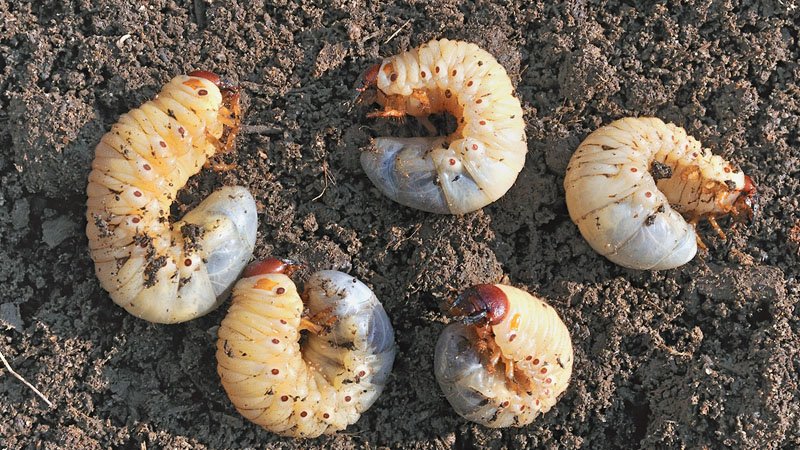
During the past three decades, entomologist Dave Shetlar, Ph.D., has made a living by knowing what makes bugs tick. Heck, he even carved a nickname out of it. Since he retired three years ago from Ohio State, Shetlar, aka, The Bug Doc, admits there are times when the insects know best.
When someone asked him recently whether a mild winter followed by a wet spring would have an adverse effect on white grubs this summer, Shetlar laughed before answering: "I always tell people my money is with the insects. They've been around since the last ice age. They've seen it all, and they've lived through it all."
The reality, says Shetlar, who in retirement still conducts entomology extension work for Ohio State, is grubs are marvels of evolution and as such there is no real accurate predictor of of grub populations from year to year.
"We always lose some grubs whether it is a warm winter or a cold winter," Shetlar said. "In fact, a warm winter can be more deadly. When it's cold, the grubs go into winter dormancy and they are not metabolizing their fat storage. When it's a warm winter, if it is warm enough, the grubs can begin to metabolize and use fat storage. They're also more susceptible to fungal diseases and bacterial conditions."
Shetlar's colleague at the University of Kentucky, Dan Potter, Ph.D., agreed that there often are more questions than answers when it comes to white grubs.
"I gave up a long time ago trying to predict grub populations," said Potter, the recipient of the 2010 USGA Green Section Award. "If I could do that, I would've made a fortune."
Through June 3, nearly 25 inches of rain have fallen so far in 2020 in Lexington, Kentucky, where Potter lives. That's about 6 inches more than the historic average. It is even more dramatic in Shetlar's hometown of Columbus, Ohio, where 26 inches of precipitation have fallen to date this year, which is 10 inches more than the norm, according to the NWS.
Many adult beetles that overwintered as larva and pupa, will emerge any day now. And they will have to make their way through a saturated profile to take flight. A little water at the surface is not likely to impede their progress, Potter said.
I gave up a long time ago trying to predict grub populations. If I could do that, I would've made a fortune."
"I haven't seen any Japanese beetles yet. I think the flight is going to be late because it has been so cool," Potter said. "We're behind about a week or two in growing-degree-days.
"The grub population can withstand soil saturation. It takes a lot to drown a white grub."
White grub/beetle eggs need moisture to remain viable. How wet or dry it is in July, when female beetles lay those eggs won't much affect the grub population, but it could affect where those populations are concentrated.
"If the soil is saturated, they're likely to be more spread out," Potter said. "If it's dry, they will be primarily concentrated in irrigated turf."
Some beetles will lay eggs in higher areas during wet periods and in low-lying areas when it is dry, hoping to take advantage of any available surface water. There also is evidence that female Japanese beetles can see at least some color and thus will never enter brown turf when seeking a place to lay their eggs. They also can sense soil moisture, Shetlar said.
"If it's not moist enough," Shetlar said, "they'll leave and go to another area."
Because the eggs require a moist host, Bug Doc also noted evidence of masked chafer adults waiting for just the right conditions for egg laying before emerging from the underground lair.
"When the rain stops in June, there is not much emergence until there is a rainfall event," he said. "It doesn't have to be much, but once there is rain then all hell breaks loose the next three nights. There is no reason for them to come out if it doesn't rain."

